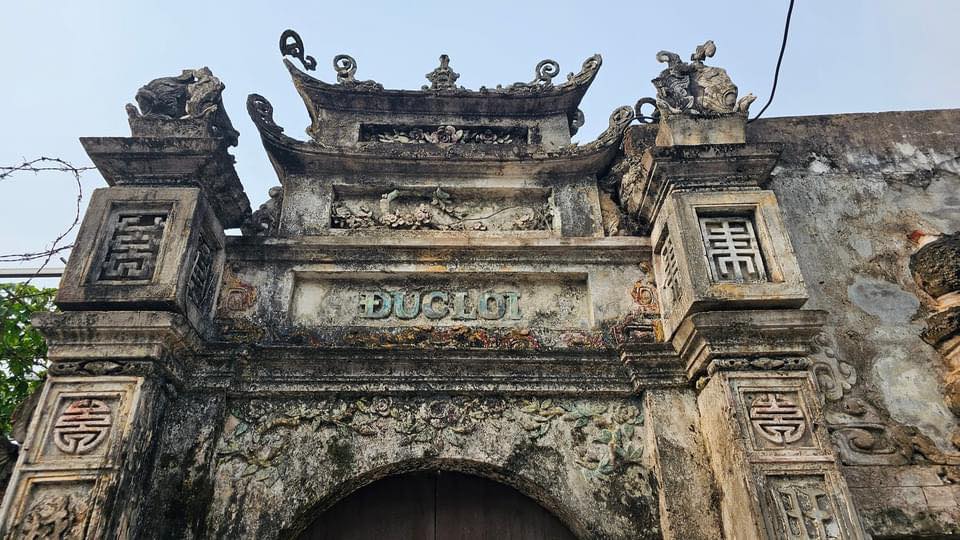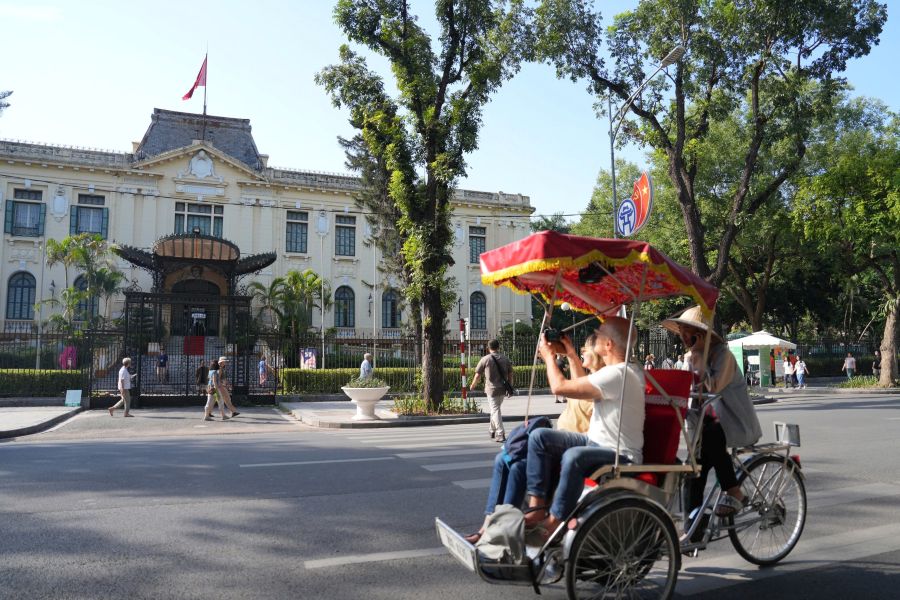The Vietnam National University, formerly known as the Indochina University, has opened its historic doors to the public for the first time, hosting the groundbreaking exhibition “Indochina Sense” as part of the ongoing Hanoi Festival of Creative Design 2024.
This unique event, running until November 17, celebrates the university’s architectural and cultural legacy through an impressive display of art and history.

Nestled within the heart of Hanoi, the exhibition takes visitors on an immersive journey through the past, featuring 22 interactive installations and artworks that delve into the cultural and academic achievements of the Indochina period.
“This exhibition not only highlights the beauty of Indochinese architecture but also rekindles memories of a pivotal time in Vietnam’s intellectual and artistic history,” said curator Nguyen The Son.
The university’s roots date back to 1906 when it was established under French colonial rule. Originally a site of education and intellectual growth, the institution became a hub for groundbreaking ideas, producing influential revolutionaries and scholars like General Vo Nguyen Giap and Truong Chinh.
Over the decades, its iconic architecture has witnessed the evolution of Hanoi, standing as a testament to resilience and knowledge.
The exhibition’s sections, such as Origin of Knowledge, Flow of Origins, and Source of Cultural Heritage, highlight the fusion of history, art, and architecture.

Notable displays include rare specimens of Indochina’s wildlife, a collection of mammoth bones, and botanical treasures that paint a vivid picture of the region’s natural and cultural history.
Art meets architecture
Each installation pays homage to the university’s unique Indochinese architecture. One standout piece is Tran Hau Yen The’s light installation in the main hall.
This striking work uses colorful cellophane on glass panels to transform the arched entrance into a vibrant reflection of old Hanoi, blending the nostalgia of the past with contemporary aesthetics.
Visitors can also marvel at the famous mural “Thang Duong Nhap That”, painted by Victor Tardieu in 1924, located in the Nguy Nhu Kon Tum Lecture Hall. Modern light projection techniques bring the mural to life, revealing hidden details and characters that represent various social classes of the Indochina era.

Another highlight is the “Flow of Origins” installation by artist Le Phuoc Anh, which uses delicate silk panels arranged to mimic flower petals. The soft light filtering through these panels creates a tranquil ambiance, perfectly complementing the hall’s grand historical setting.
The exhibition also showcases contemporary techniques like 3D mapping and interactive light displays, seamlessly integrated into the building’s historic design. These elements, combined with the artists’ innovative approaches, offer visitors a multi-sensory experience, bridging the gap between past and present.
One of the most intriguing installations, “Sources of Cultural Heritage”, utilizes light-transmitting acrylic to depict Indochina’s cultural and academic legacy. Inspired by the Biological Museum – the first natural history museum in Indochina – this piece reflects the university’s dedication to fields like Letters, Science, and the Arts.
The “Indochina Sense” exhibition has captivated locals and international visitors alike.
Patrick Noland, an Australian tourist, expressed his admiration, saying, “The fusion of modern technology with the charm of Indochinese architecture creates a powerful connection to the past. It’s an unforgettable experience.”
Through this event, the Vietnam National University has reaffirmed its status as a cultural and historical landmark, inviting all to explore the profound legacy of Indochina and the timeless beauty of its heritage.






